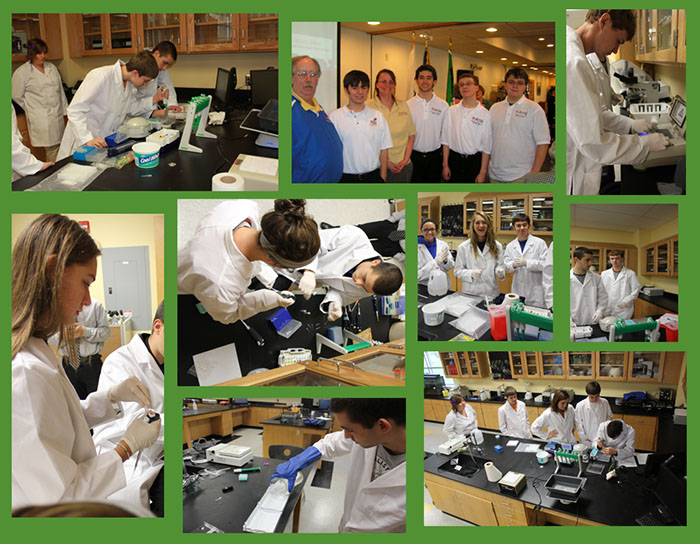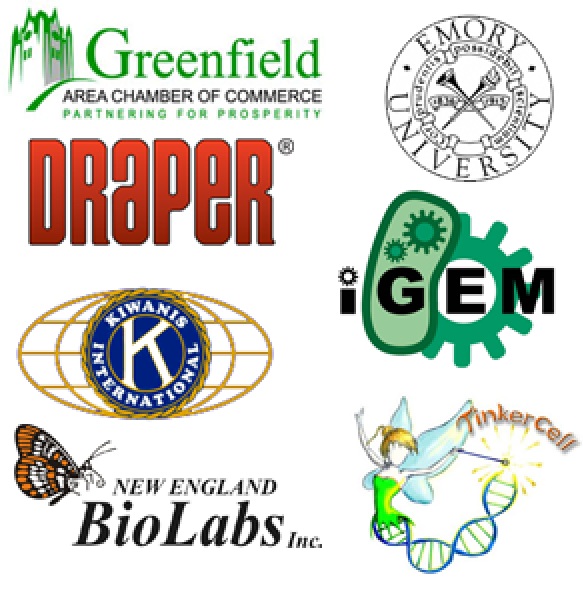Team:GreenfieldCentral IN
From 2012hs.igem.org
| (5 intermediate revisions not shown) | |||
| Line 2: | Line 2: | ||
[[Image:TeamLogo3.png|center|]] | [[Image:TeamLogo3.png|center|]] | ||
|} | |} | ||
| - | + | {| style="color:#000000;background-color:#80cd20;" cellpadding="6" cellspacing="6" border="6" bordercolor="#000000" width="85%" align="center" | |
| - | {| style="color:#000000;background-color:# | + | |
| - | + | ||
| - | + | ||
| - | + | ||
| - | + | ||
!align="center"|[https://2012hs.igem.org/Team:GreenfieldCentral_IN Home] | !align="center"|[https://2012hs.igem.org/Team:GreenfieldCentral_IN Home] | ||
| Line 17: | Line 12: | ||
!align="center"|[https://2012hs.igem.org/Team:GreenfieldCentral_IN/Notebook Notebook] | !align="center"|[https://2012hs.igem.org/Team:GreenfieldCentral_IN/Notebook Notebook] | ||
!align="center"|[https://2012hs.igem.org/Team:GreenfieldCentral_IN/Safety Safety] | !align="center"|[https://2012hs.igem.org/Team:GreenfieldCentral_IN/Safety Safety] | ||
| + | !align="center"|[https://2012hs.igem.org/Team:GreenfieldCentral_IN/Sponsors Sponsors] | ||
| + | |} | ||
| + | {| style="color:#000000;background-color:#80cd20;" cellpadding="6" cellspacing="0" border="6" bordercolor="#000000" width="75%" align="center" | ||
| + | !align="center"|[[Image:TeamCollage.jpg|center|700px]] | ||
|} | |} | ||
| - | |||
| Line 26: | Line 24: | ||
!align="left"| | !align="left"| | ||
| - | | | + | | |
| + | |||
| + | |||
== '''Introduction''' == | == '''Introduction''' == | ||
| - | |||
{| background-color:#ffffff;" cellpadding="5" cellspacing="1" border="0" bordercolor="#ffffff" width="90%" align="center" | {| background-color:#ffffff;" cellpadding="5" cellspacing="1" border="0" bordercolor="#ffffff" width="90%" align="center" | ||
Latest revision as of 04:48, 17 June 2012
| Home | The Team | The Project | Results | Modeling | Human Practices | Notebook | Safety | Sponsors |
|---|
|
Introduction
|
 "
"


